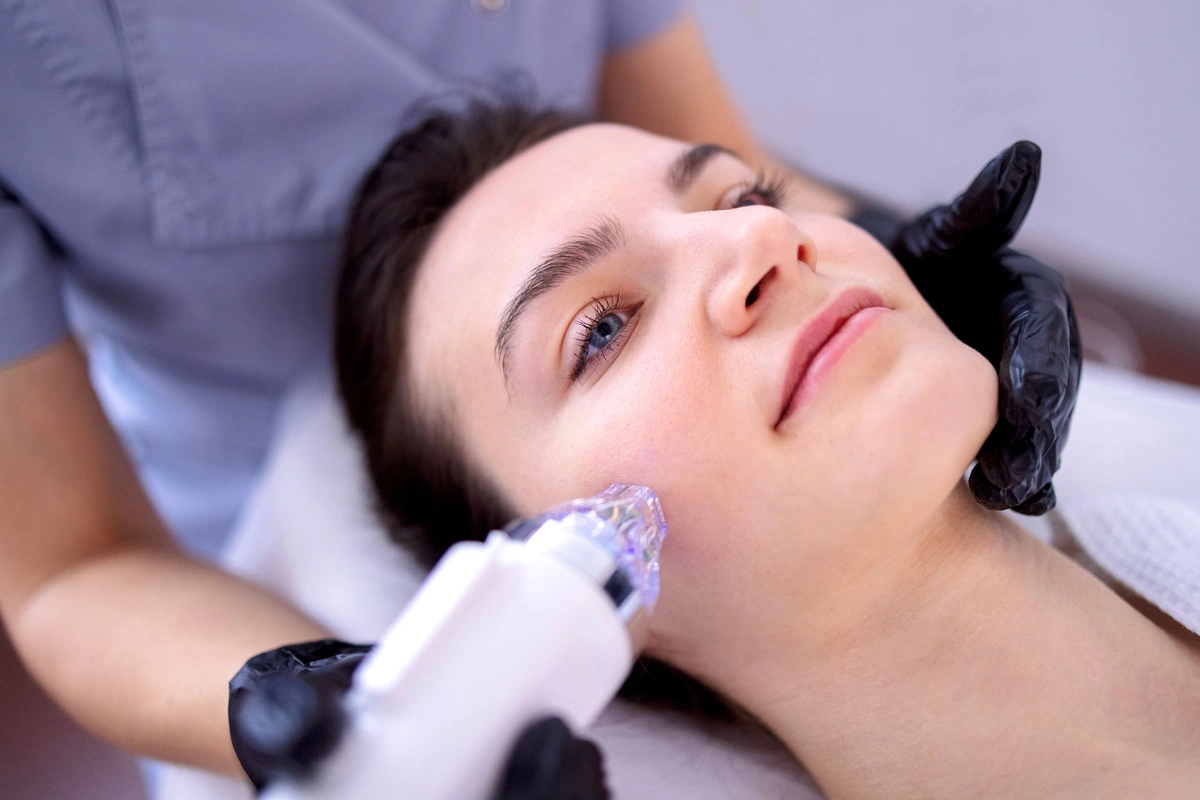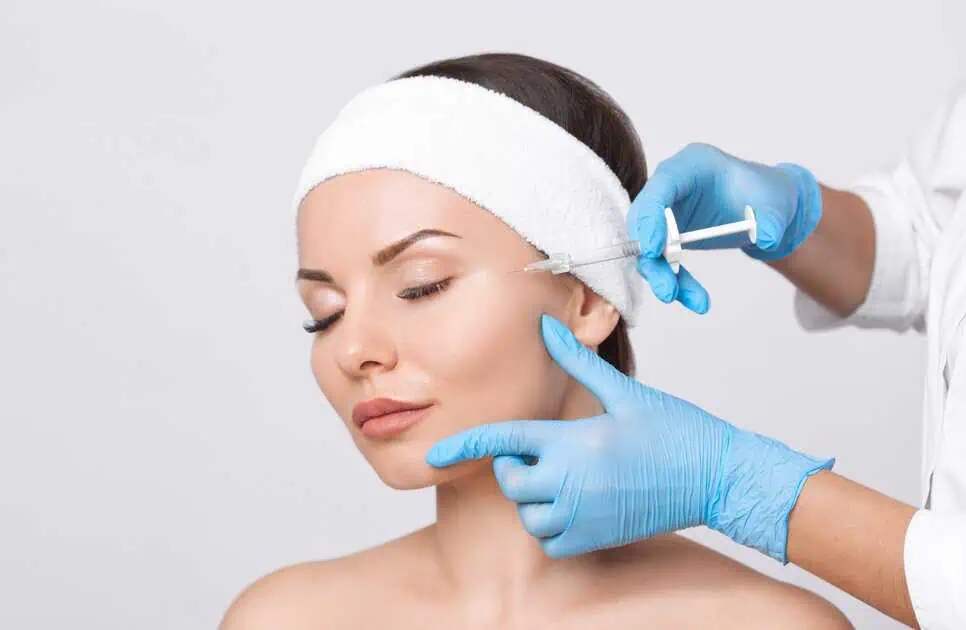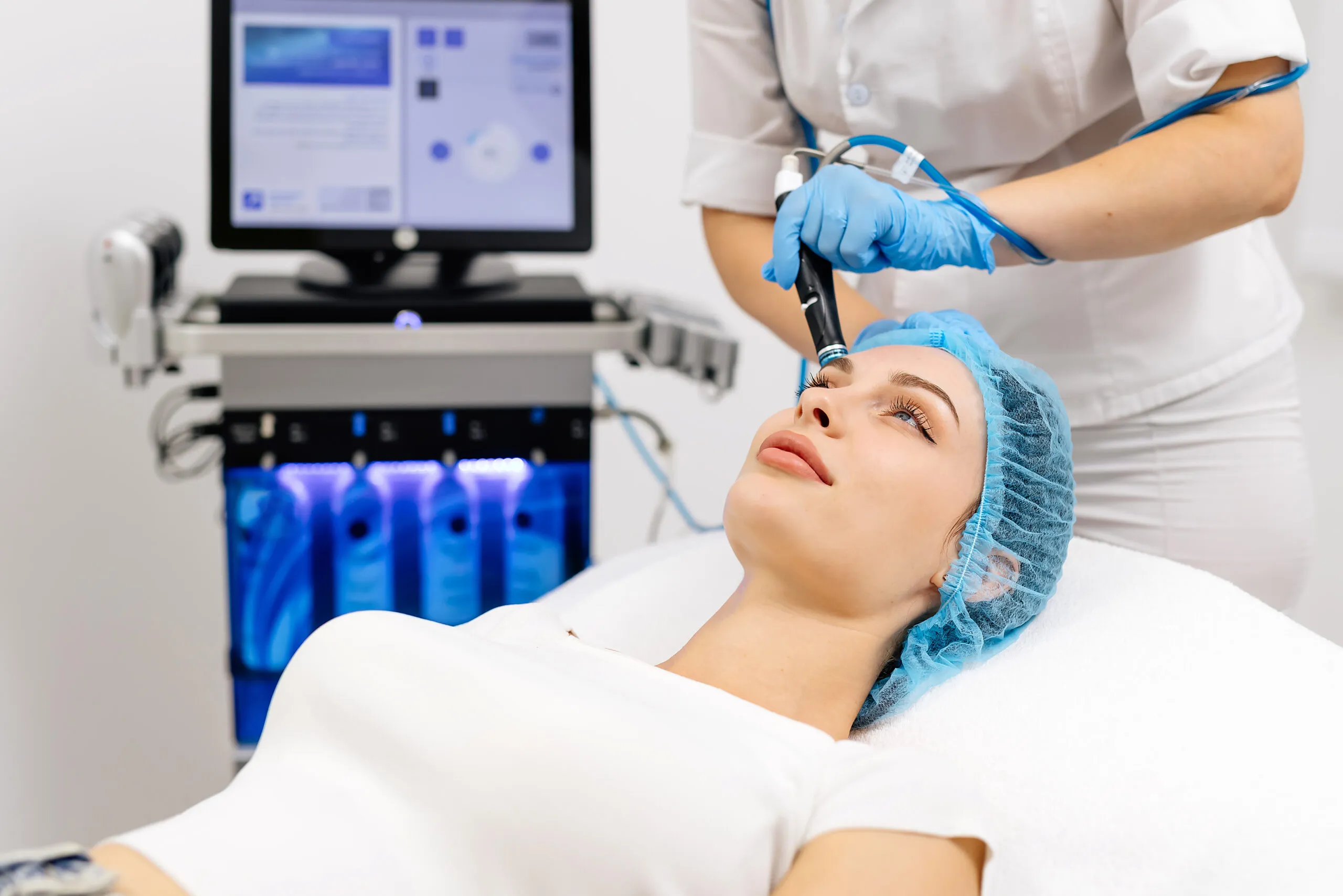Table of Contents
Laser tattoo removal has become the leading method for eliminating unwanted tattoos, providing solutions for those wishing to part ways with their ink. The process involves directing concentrated light to break down tattoo pigments, which the body then gradually removes. However, the number of sessions required to completely erase a tattoo varies significantly based on several factors, including the tattoo’s size, color, age, and the depth of the ink within the skin. Individuals considering this procedure often ask: how many sessions will it take to remove my tattoo?
Laser Tattoo Removal Overview
The laser tattoo removal process relies on specific types of lasers that can target and break down the ink particles embedded in the skin. Among the most advanced systems used for this purpose is the Astanza Trinity laser, which is particularly noted for its efficiency and effectiveness due to its triple wavelength technology.
The Astanza Trinity laser utilizes three different wavelengths: 1064 nm, 532 nm, and 694 nm. Each of these wavelengths targets specific ink colors effectively. The 1064 nm wavelength is ideal for darker inks like black and brown, while the 532 nm wavelength is better suited for brighter colors such as red, orange, and yellow. The 694 nm wavelength, often used by systems like the Trinity, is crucial for removing more resistant ink colors, such as vivid blues and greens, which often need to be adequately addressed by other laser types.
This technology is comprehensive in the range of colors it can target and offers high peak power and ultra-short pulse durations that enhance the breakdown of ink particles. This makes the tattoo removal process more efficient, potentially reducing the number of sessions needed compared to older laser models. The Trinity system’s design includes handpieces suited for various sizes of tattoos, ensuring precision and minimizing skin irritation.
Factors Influencing the Number of Laser Tattoo Removal Sessions Required
Here are the key factors that influence the number of sessions required for laser tattoo removal results:
- Tattoo Size and Complexity: Larger and more complex tattoos require more sessions. This is due to the greater volume of ink that needs to be broken down and removed from the skin.
- Ink Color: Different colors respond differently to the laser treatment. Black and dark blue inks are generally easier to remove, while light colors like green, yellow, and fluorescent colors are more challenging and may require additional sessions.
- Ink Depth: Tattoos with ink that is deeply embedded in the skin often require more sessions for complete removal. Professional tattoos tend to have deeper ink placement than amateur tattoos, which are usually superficial.
- Age of Tattoo: Older tattoos are typically easier to remove as the ink has already faded naturally over time. The body’s immune system slowly absorbs the ink, making it less dense and more accessible to break down by the laser.
- Skin Type: The skin type, according to the Fitzpatrick scale, affects how the skin absorbs the laser light. Lighter skin types usually require fewer sessions because they absorb less laser energy, allowing more energy to be directed at the ink. Darker skin types may require more sessions and careful handling to prevent hyperpigmentation or hypopigmentation.
- Location on the Body: Tattoos on areas with richer blood supply, such as the chest or face, tend to fade faster than those on the extremities, like the hands and feet. This is due to better circulation, which helps remove the ink particles more efficiently after the laser breaks them down .
Average Number of Sessions
Most men and women will need at least five sessions to achieve complete removal of a tattoo. Each session is typically spaced about six to eight weeks apart. This spacing allows the skin enough time to heal and the body’s immune system to flush out the fragmented ink particles.
Each session gradually fades the tattoo, with the ink becoming progressively lighter. Setting realistic expectations is essential, as some tattoos with particularly stubborn ink or those located in less responsive areas of the body may require more than the average number of sessions. The goal of each session is to continue breaking down the ink until the tattoo is no longer visible, ensuring both the treatment’s efficacy and the skin’s safety.
Tattoo Removal Process
Here’s what you can expect during the laser tattoo removal process:
- Consultation and Planning: Initially, you will have a consultation with a laser specialist who will evaluate your tattoo and discuss your medical history to ensure you are a suitable candidate for laser treatment. This session will also include planning the treatment strategy based on the size, color, location, and age of your tattoo.
- Preparation: Before the treatment begins, the area around the tattoo will be cleaned, and a topical anesthetic may be applied to minimize discomfort. In some clinics, cooling devices are used during the procedure to reduce pain further and protect the skin.
- The Treatment: During the session, the laser technician will use a laser device to emit pulses of light energy that specifically target the tattoo ink under the skin. The sensation is often compared to the snap of a rubber band against the skin. Each pulse breaks down the ink particles into smaller fragments.
- Immediate Aftercare: Right after the treatment, you might notice redness, swelling, and a slight whitening of the skin. The technician will apply a cooling gel or an ice pack to soothe any immediate irritation. You’ll be advised on how to care for the treated area to prevent infection and ensure proper healing.
Takeaway
Ready to say goodbye to your unwanted tattoo? Book your assessment with Allure Dermatology today and start your journey towards clear, ink-free skin. Our expert team uses the latest laser technology to provide safe, effective, and personalized tattoo removal treatments. Don’t wait—contact Allure Dermatology now to learn more about your options and take the first step towards removing your tattoo with confidence.






